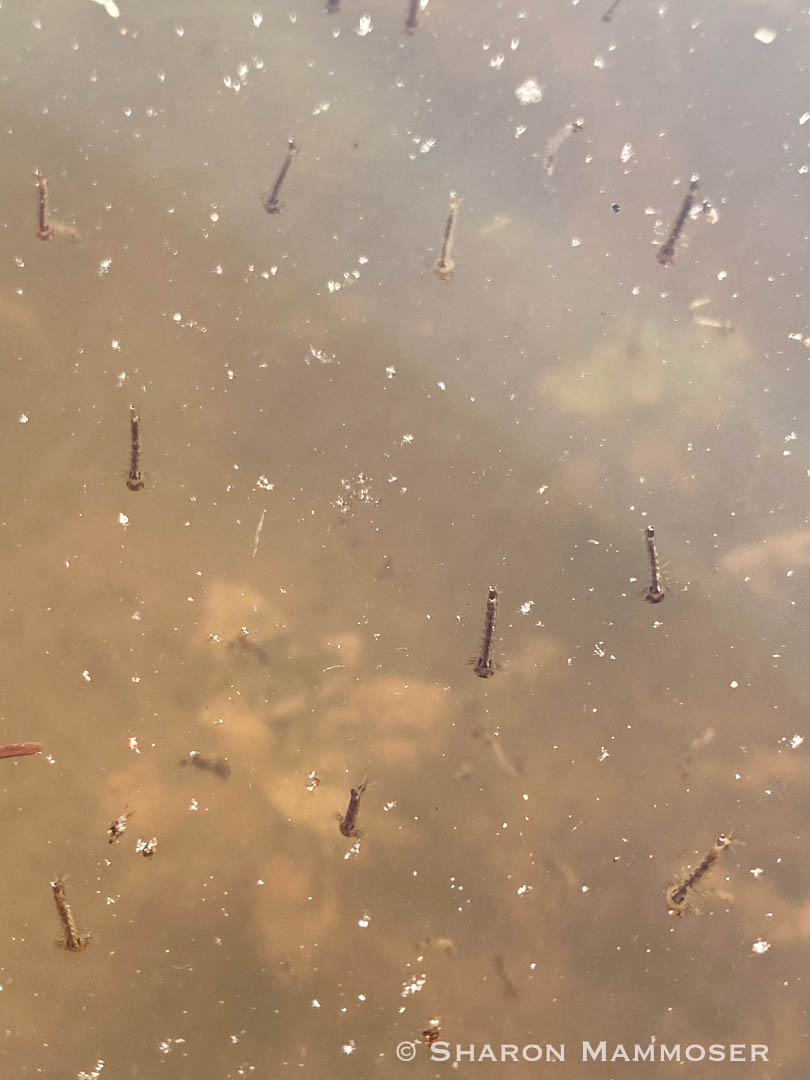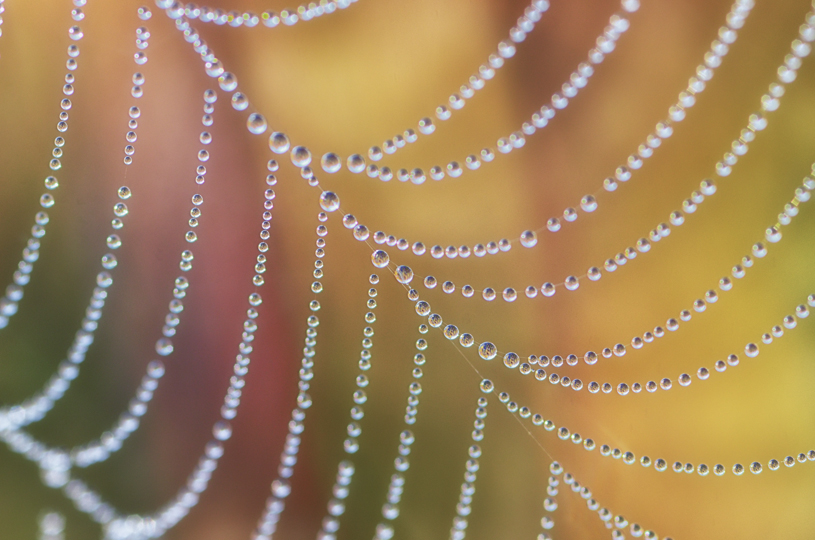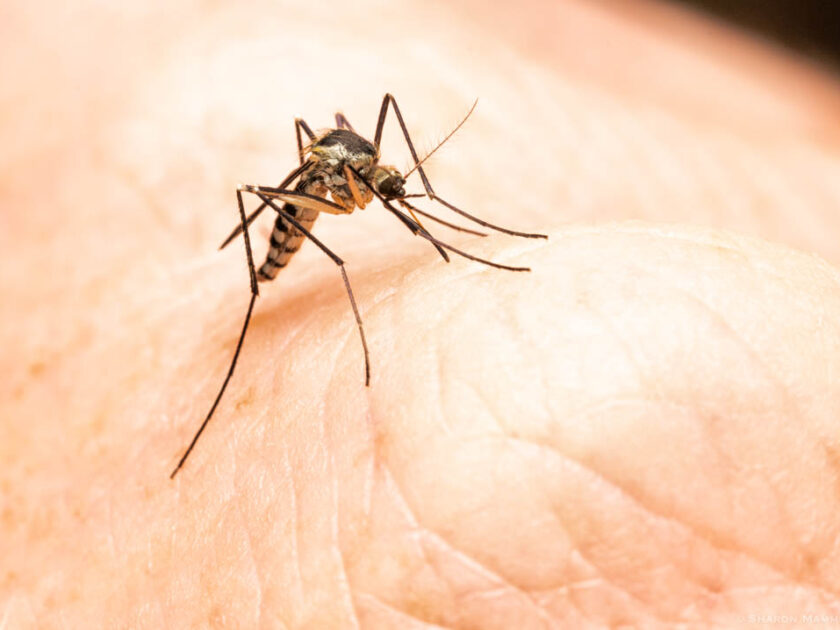Sometimes I really get it wrong, and for that I apologize. I thought last week’s puzzler was going to be a very easy one. And perhaps it was and December is just too busy and crazy of a month that people are doing other things and not reading nature posts.
In any event, the answer to last week’s puzzler is mosquito larvae. Those wriggling critters in the water were mosquito larvae.
Did you know mosquitoes are the deadliest animal on earth? They are responsible for over a million deaths each year, mainly in Africa. They can carry many deadly diseases including malaria.
Mosquitos can go from egg to larvae and then become adults in only 8-10 days, depending on the temperature of the water. The warmer it is, the quicker they will develop. This is why it is essential that you clean bird baths out regularly– lest they become breeding grounds for mosquitoes. Be sure to prevent rain water from puddling in plastic, gutters, pots, tires, etc. Mosquitoes are definitely not fussy about where they lay their eggs– and even a tiny amount of water is enough.
When mosquitoes are in the water, like in the photos from last week’s puzzler, they feed on microscopic organic material in the water. They filter them out via the brushes surrounding their mouths. The larvae in this photo are all head-down. That’s because the require air to breathe, so they return to the water’s surface regularly and use a specialized body part called a siphon to breathe air.

Did you know only the female mosquitoes need blood? Male mosquitoes feed on flower nectar. Females have special mouthparts for sucking blood. A mosquito can drink up to three times its own weight in blood! Female mosquitoes lay up to 300 eggs at a time, usually in stagnant water, every three days.

You know that familiar and very annoying buzzing noise you hear when a mosquito is circling? It’s because their wings bear 500 times each second! They have a hard time sneaking up on you, especially if you are not distracted. Interestingly, when a female mosquito lands on you, she actually stabs you with two tubes– one injects an enzyme that stops the blood from clotting, and the other tube sucks up the blood.
Just think of the many ways this information could come in handy! (Dinner party, work get-together, grocery store, etc.)

If you have a lot of mosquitoes where you live, you might consider adding a bat house to your yard. An average sized bat can eat 1000 insects in just ONE HOUR. Imagine how many a colony of thousands could then feast on in one night! The number is amazing.



These facts are amazing and a little frightening !
Yes, it is a busy month but I had no clue to make a guess.